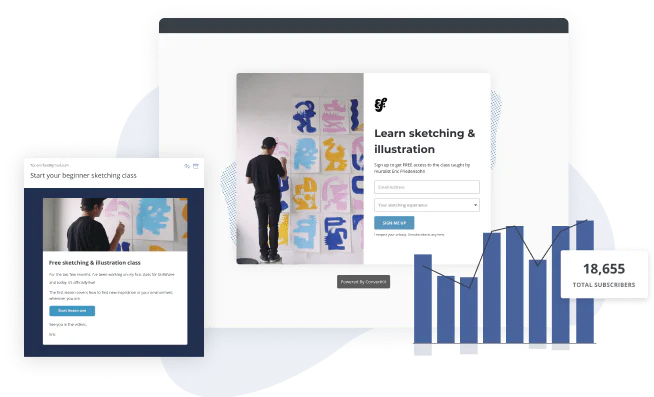What is flywheel marketing and how can it benefit creators’ business growth?
Updated: October 14, 2024
14 min read

Own the relationship with your audience
Kit helps you build a relationship with your followers and own that connection you make with them through your email list.
Start a free 14-day Kit trial
Marijana Kay
Marijana Kay is a freelance writer for leading B2B SaaS companies. She uses data-backed, actionable content to help them hit and exceed their growth goals. In her spare time, she collects books and logs running miles. (Read more by Marijana)


